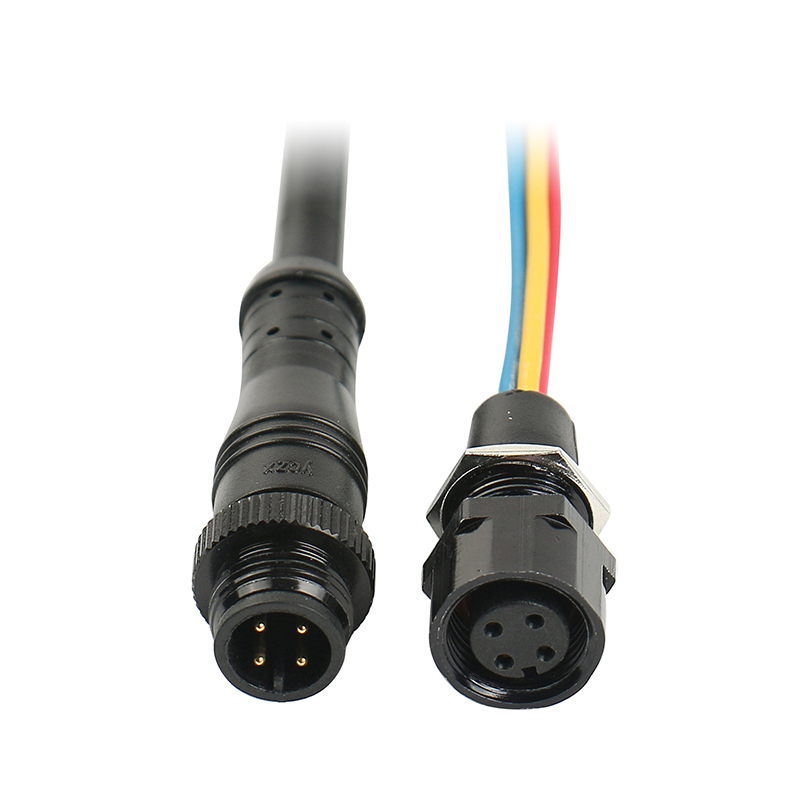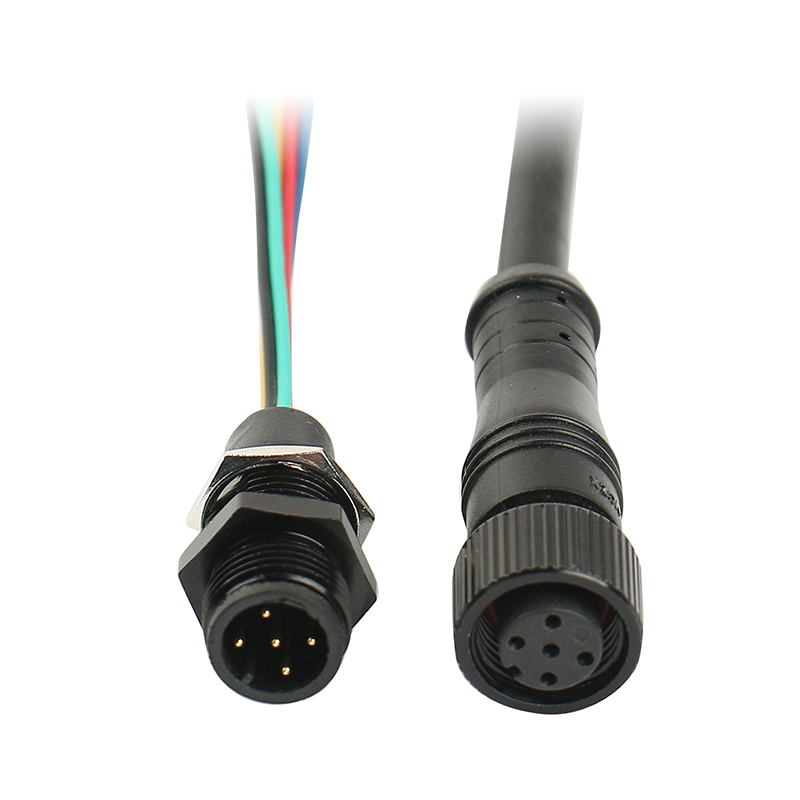News


News

Core Technologies Behind LED Waterproof Connectors: Seals, Materials, and Certifications Explained
Release time:2025-03-28
viewed:284
In the world of outdoor and industrial LED lighting, waterproof connectors are the unsung heroes that ensure reliability in rain, humidity, and extreme temperatures. Whether it’s a shimmering architectural facade or a rugged marine light strip, the performance of an LED system hinges on the durability of its connectors. This article breaks down the three pillars of LED waterproof connector technology: advanced sealing designs, material science, and rigorous certifications.

The effectiveness of an LED waterproof connector starts with its ability to block moisture. Here’s how the top sealing methods compare:
A. Silicone O-Rings
How It Works: Compressible silicone rings create a tight seal between connector halves.
Pros:
Reusable and easy to maintain.
Ideal for connectors requiring frequent disassembly (e.g., modular LED installations).
Cons:
Limited to IP67 ratings (temporary submersion).
Vulnerable to UV degradation without additives.
B. Heat-Shrink Tubing
How It Works: Adhesive-lined sleeves shrink when heated, forming a watertight bond around wires.
Pros:
Cost-effective for permanent installations (e.g., underground LED strips).
Resists abrasion and chemicals.
Cons:
Irreversible—once installed, rework is difficult.
Typically achieves IP66 (strong jets, not full submersion).
C. Epoxy Potting
How It Works: Liquid epoxy resin is poured into the connector, hardening into a solid, impermeable barrier.
Pros:
IP68/IP69K compliance (submersion and high-pressure washdown).
Excellent resistance to vibration and thermal shock.
Cons:
Permanent—components cannot be serviced.
Adds weight and bulk.
Application Tip: Use silicone O-rings for garden LED systems and epoxy potting for marine or poolside lighting.
The right materials ensure connectors survive both environmental and electrical challenges.
A. UV-Resistant Housings
Polycarbonate (PC): Withstands prolonged sun exposure without yellowing or cracking.
Nylon (PA66): Offers higher rigidity for industrial LED fixtures but requires UV stabilizers.
B. Corrosion-Proof Terminals
Gold-Plated Copper: Provides low-resistance connections and resists oxidation, even in salty air (e.g., coastal LED installations).
Stainless Steel (316L): Used in marine-grade connectors for unmatched saltwater resistance.
Synergy in Action: A polycarbonate housing with gold-plated terminals ensures decades of service in a seaside LED boardwalk.

Certifications validate a connector’s waterproof claims and safety.
A. IP67 vs. IP68 Ratings
IP67: Protects against 1m submersion for 30 minutes—suits garden LEDs or temporary water exposure.
IP68: Guarantees deeper/longer submersion (manufacturer-specified)—critical for underwater LED displays.
B. UL Certification
Ensures connectors meet fire safety, electrical insulation, and temperature rise standards.
UL 1977 and UL 486A-B are common for LED lighting connectors.
Case Study: A theme park’s LED fountain used IP68-certified connectors with UL-listed epoxy potting, achieving zero failures after 5 years of daily water exposure.
The reliability of an LED waterproof connector lies in its sealing technology, material durability, and third-party certifications. Whether you’re designing a rooftop LED array or a submersible art installation, understanding these core technologies ensures your lighting system shines bright—no matter the environment.